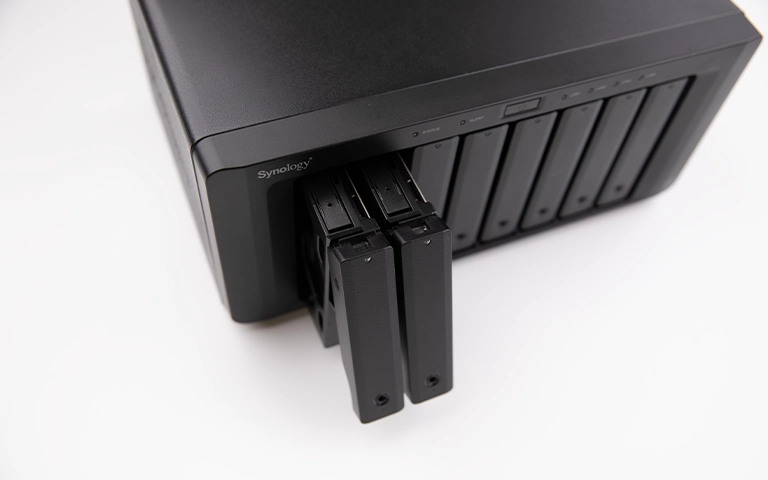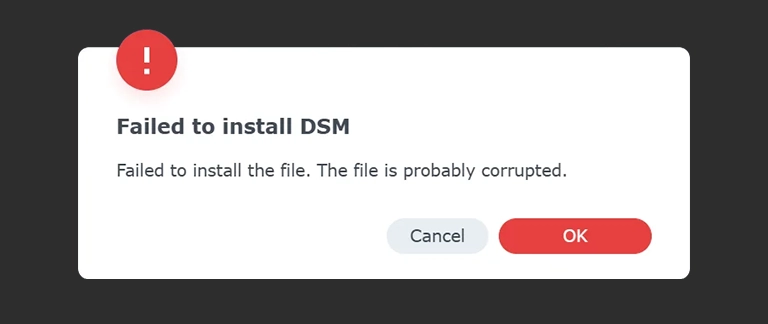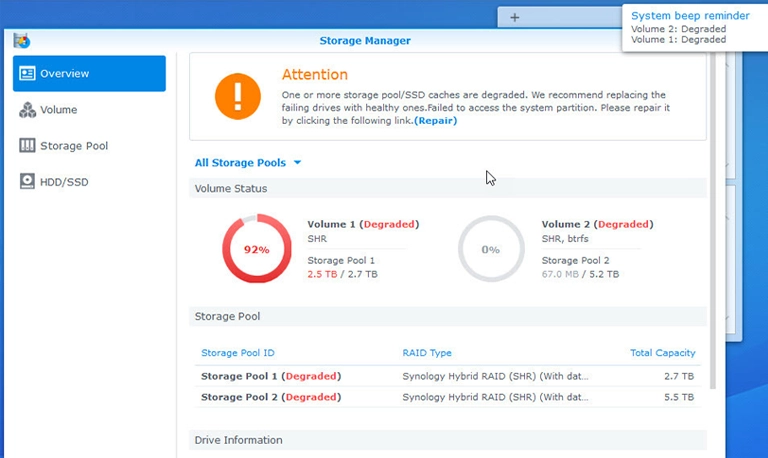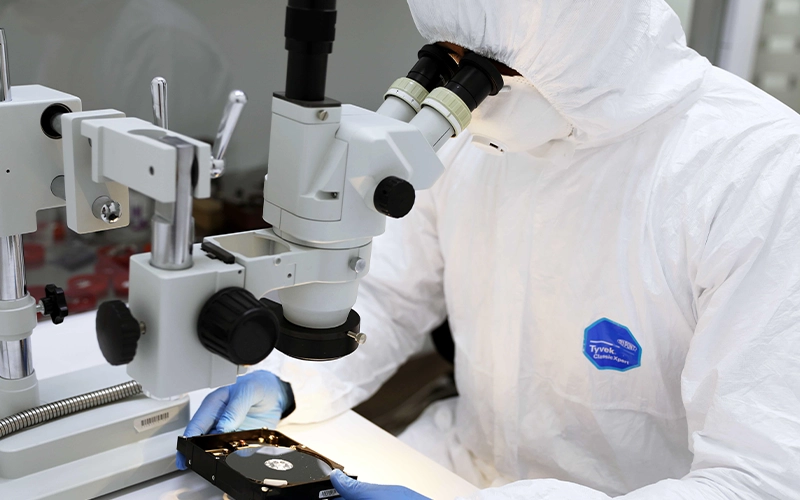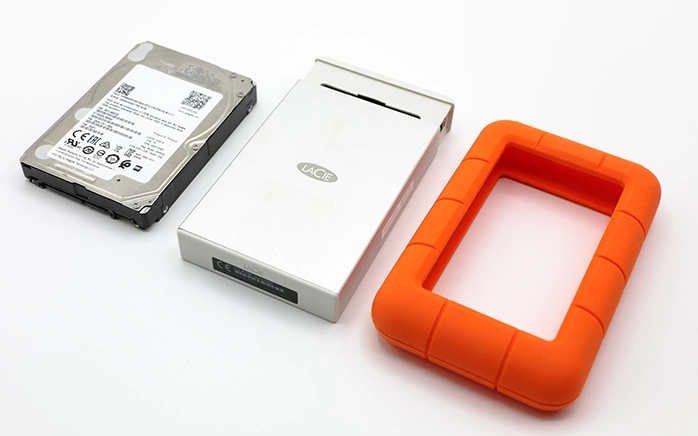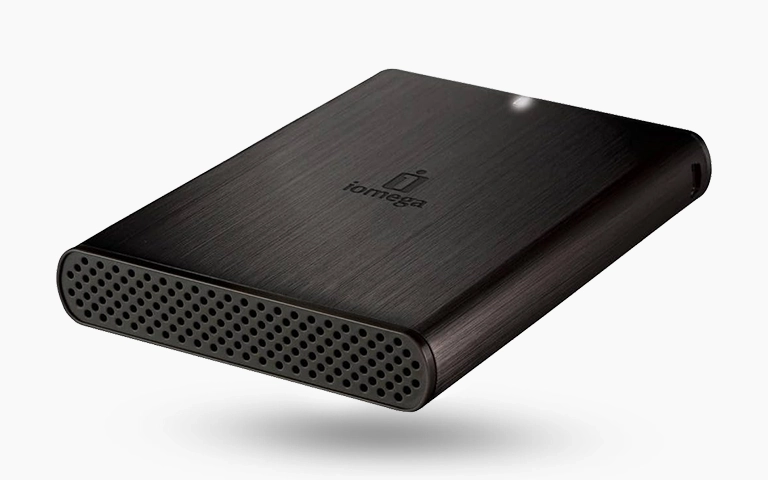A Synology flashing orange light on the status LED serves as an important warning indicator. Unlike steady green (normal operation) or blinking blue (boot failure), a flashing orange light signals the system requires attention. Common causes range from manageable volume issues to serious problems like crashed volumes or OS errors.
Understanding what this Synology orange light signifies is crucial before taking action. Attempting incorrect procedures, particularly with RAID configurations, risks data loss. This guide explains common meanings, outlines safe diagnostic steps using Synology tools, and clarifies when professional Synology data recovery is advisable.
What Does a Flashing Orange Status Light Mean on a Synology NAS?
A flashing orange status light on a Synology NAS typically indicates a storage volume issue (degraded or crashed), internal drive errors (I/O error, failed S.M.A.R.T.), or DiskStation Manager (DSM) OS problems (not installed, configuration lost). Verification via Synology Assistant or DSM interface is needed to identify the exact cause.
The flashing orange status LED usually points to one of these conditions:
Volume Degraded or Crashed
Degraded: In a redundant RAID array (RAID 1, RAID 5, RAID 6, RAID 10, SHR), one of the member drives has failed, but the array is still functioning using redundancy (parity or mirroring). Data is accessible, but at risk until the failed drive is replaced and the array rebuilt.
Crashed: The number of failed drives has exceeded the array’s fault tolerance (e.g., two drives failed in RAID 5), or a non-redundant volume (RAID 0, JBOD) has experienced a critical failure. Data is likely inaccessible without professional RAID data recovery.
Internal Drive Errors
- Drive Failure: One or more internal HDDs or SSDs have failed S.M.A.R.T. tests, developed excessive bad sectors, or experienced other critical errors.
- Drive Not Detected: A drive may have become disconnected internally or failed completely.
Don't Let Data Loss Ruin Your Business
Minimize business disruption. We retrieve lost data fast, so you can focus on what matters.
DSM Operating System Issues
DSM Not Installed: On a new setup or after certain resets, DSM might not be installed on the drives.
System Partition Failed / Configuration Lost: The small partition on the drives holding the core DSM configuration might be corrupted or inaccessible.
Safe First Steps: Diagnosing the Orange Light
Do not immediately pull drives or attempt rebuilds. Use Synology’s tools to understand the specific alert.
Use Synology Assistant or find.synology.com
Action: Install and run the Synology Assistant application on a computer on the same network, or go to find.synology.com in a web browser. These tools scan the network for Synology devices.
Look For: Find your NAS in the list. The status column should provide a brief description of the issue (e.g., “Degraded,” “Not Installed,” “Configuration Lost,” “Recoverable”).
Access DSM Web Interface (If Possible)
Action: If Synology Assistant provides an IP address and the status isn’t critical (like “Not Installed”), try accessing the DSM web interface by typing the NAS IP address into your browser.
Check Storage Manager: Once logged in (if possible), immediately open Storage Manager. This application provides detailed information about the storage pool, volume health, and individual drive status. It will clearly indicate if a volume is degraded or crashed, or if specific drives have errors.
Check Notification Center: Look for specific error messages or warnings logged by the system.
What Should I Do If My Synology Volume is Degraded?
If your Synology volume is degraded (flashing orange light, confirmed in Storage Manager), data is accessible but at high risk. Immediately back up critical data elsewhere. Then, identify the failed drive via Storage Manager, replace it with a compatible new drive, and initiate the Repair process in Storage Manager.
A degraded state means redundancy is lost. Another drive failure during rebuild causes total data loss. Monitor the rebuild closely.
When Professional Data Recovery is Required
You should stop troubleshooting and contact professional data recovery services immediately if:
- Volume Status is “Crashed”: Storage Manager reports the volume has crashed. Data is inaccessible. Do NOT initialize disks or create a new volume.
- Multiple Drive Failures: More drives have failed than the RAID level’s fault tolerance allows.
- Rebuild Fails Repeatedly: Attempting to repair a degraded volume fails, potentially indicating issues with remaining drives.
- Physical Drive Noises: Any clicking, grinding, or beeping sounds from the internal drives signal physical failure requiring cleanroom intervention.
- Data is Critical & You Are Unsure: If the data is vital and you are uncertain about any step (especially RAID rebuilds), professional help is the safest option. Incorrect actions can easily destroy data.
Why DIY Fails in Critical Scenarios
- Crashed RAID Reconstruction: Rebuilding crashed arrays requires specialized software and techniques to analyze drive data patterns and determine original parameters, bypassing the failed NAS OS/controller logic.
- Handling Failed Drives: Physically failed drives need repair (PCB work, head swaps) before data can be imaged.
- Complexity: SHR and multi-drive RAID configurations require deep understanding to recover safely.
Our comprehensive data recovery process ensures safe handling of complex NAS failures.
Industry-Leading 99% Success Rate
PITS Data Recovery specializes in Synology data recovery from units with flashing orange lights indicating degraded volumes, crashed arrays, or drive failures, understanding DSM and SHR/RAID complexities. Visit: Synology NAS Data Recovery page.
Recommended Actions for the Flashing Orange Light
- Diagnose Safely: Use Synology Assistant and/or attempt to log into DSM to check the exact status in Storage Manager.
- Backup If Degraded: If the volume is accessible but degraded, back up critical data immediately before attempting drive replacement or repair.
- STOP If Crashed or Unsure: If the volume is crashed, multiple drives failed, or you hear noises, power down the NAS safely (if possible via DSM, otherwise hold power button) and disconnect it.
- Label Drives: If removing drives for professional recovery, carefully label their original bay order.
- Contact PITS Data Recovery: Explain the symptoms (flashing orange light, status reported by DSM/Assistant, drive noises if any).
Get a Free Consultation.
Our recovery experts are ready to assess your device and guide you through the safest path to recovery. Fill out the form to get started.
"*" indicates required fields
Conclusion
The Synology flashing orange status light is an important warning requiring investigation. Using Synology tools helps determine the cause (degraded/crashed volume, drive errors).
While degraded volumes may allow user repair (replace drive after backup!), crashed volumes or multiple drive failures necessitate professional data recovery to avoid permanent loss. Prioritize data safety; contact experts if unsure or facing critical failures. PITS Data Recovery provides expert recovery for all Synology NAS issues. Explore: NAS Data Recovery Services.
Your Data Security Is Our Priority
Data privacy isn’t optional. It’s our commitment. Our secure recovery process ensures your sensitive information stays protected from start to finish.
HIPAA Compliant
GDPR Compliant
Secure Facility
NDA Available
Trust in certified security. Start your recovery today! Call Now: 888.611.0737

